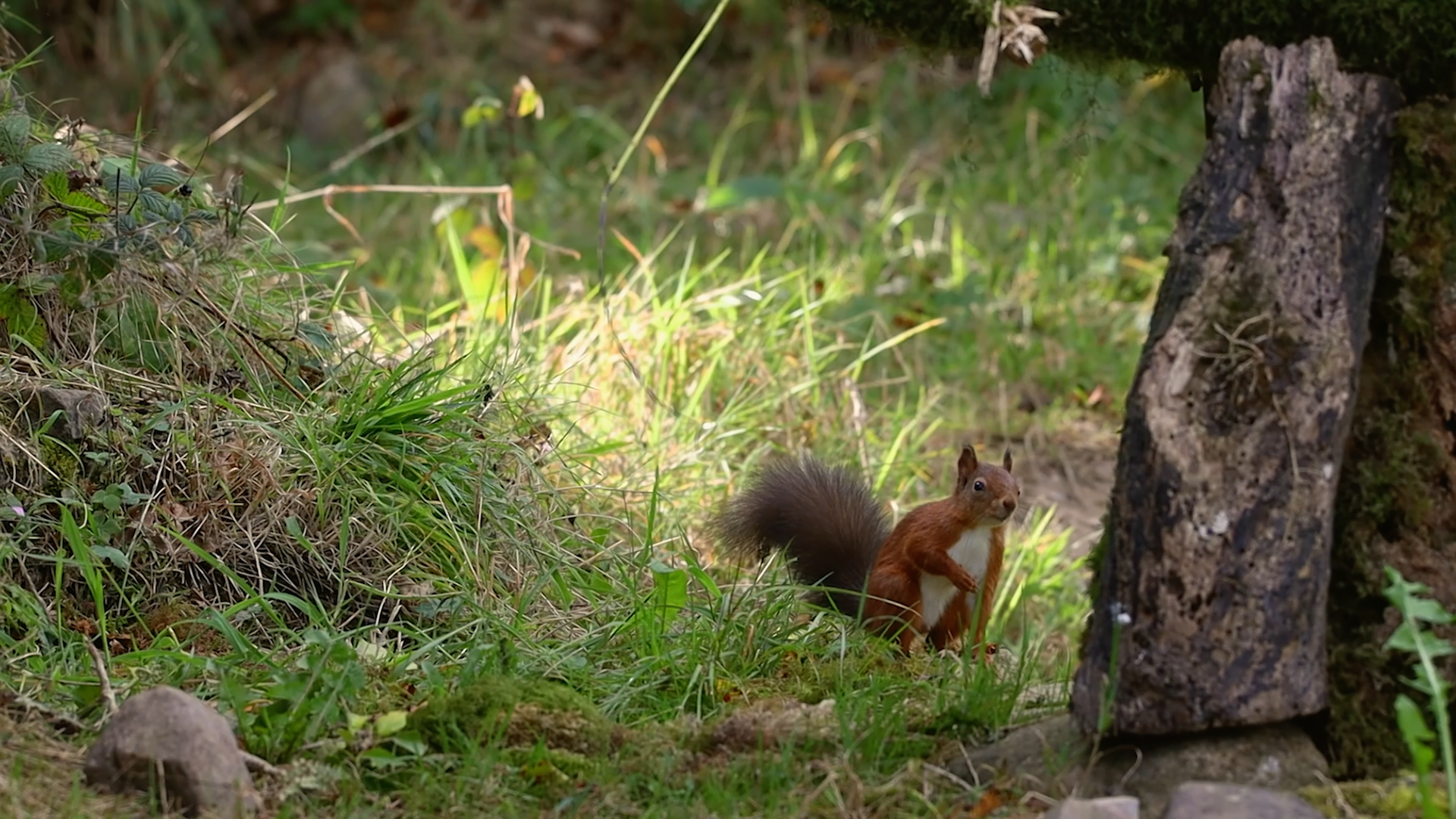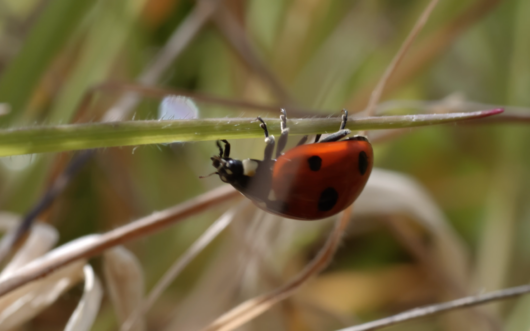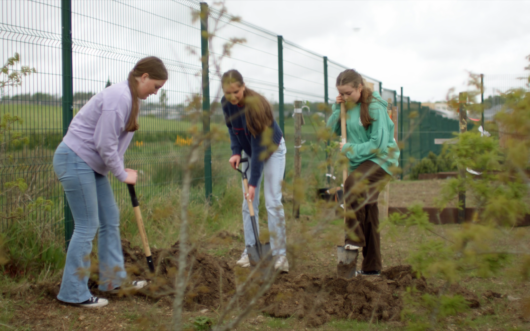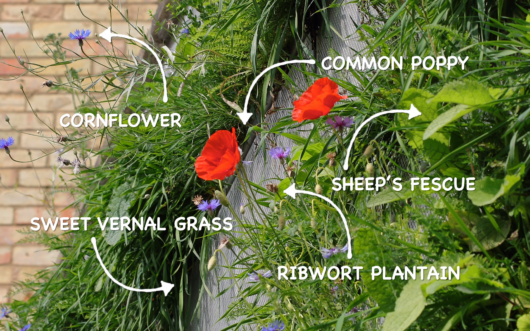Bring biodiversity, native plants, and rewilding inspiration into your classroom.
Explore how Mary Reynolds’ ARK movement empowers people everywhere to transform ordinary gardens into havens for native plants and wildlife. This educator guide supports classroom discussion, NGSS-aligned learning, and hands-on opportunities for student engagement.
GRADES
9 – 12+
SUBJECTS
Biology, Storytelling, Ecology
Episode Overview
“If you want to help nature, start with your own patch of it—start at home.” -Mary Reynolds
In Gardener to Guardian, we meet professional garden-designer-turned-nature-activist, Mary Reynolds. In the film, Reynolds argues that the traditional gardens we build and maintain on our properties — not to be confused with our vegetable gardens — could do more for restoring and conserving biodiversity if we simply “stop being so tidy” and embrace the importance of native flora. Mary teaches us how to take our own land, no matter how small, and create an ARK: Act of Restorative Kindness. We learn that Mary’s movement is taking hold both locally and globally from a small patch of land run by students at a school to large landowners restoring agricultural land back to natural habitat.
Focus Questions
- What are the main contributors to and consequences of habitat loss?
- How can individual “acts of restorative kindness” (restoring nature) create lasting ecological change?
- What is a microhabitat and how are they important in restoring biodiversity to a larger landscape?
- What strategies can the younger generation use to help plants and animals recover from the current biodiversity crisis?
Key Concepts
- Habitat loss: Roughly half of the Earth’s habitable land has been converted from natural habitat to agriculture. This land conversion has contributed in large part to the loss of the Earth’s biodiversity.
- Biodiversity: The International Union for the Conservation of Nature lists more than 44,000 speciesthreatened with extinction and agriculture is the major threat for more than half of these species. Allowing patches of land to be returned to a more natural state can help mitigate the biodiversity threats.
- Restoration ecology: Centuries of unsustainable human activities have degraded the Earth’s terrestrial, freshwater, and marine ecosystems. Restoration ecology is focused on reversing this degradation by restoring natural habitats and processes.
- Conservation biology: The practice of conservation biology recognizes the intrinsic value of the Earth’s natural diversity of organisms. Conservation biology works to understand how the natural world operates, how humans affect nature, and how we can use collective scientific and cultural knowledge to conserve Earth’s biological diversity.
- Rewilding: A primary goal of some ecological restoration projects is to go beyond conventional restoration, where some level of management is required to maintain ecosystem processes, and emphasize the importance of truly wild ecosystems by embracing their unpredictable and dynamic abiotic (e.g. droughts and floods) and biotic (e.g. food webs and population cycles) natural processes.
Curriculum Connections
- HS-LS2: Ecosystems: Interactions, Energy, and Dynamics
- LS2.A: Interdependent Relationships in Ecosystems
- LS2.B: Cycles of Matter and Energy Transfer in Ecosystems ● LS2.C: Ecosystem Dynamics, Functioning, and Resilience
- LS2.D: Social Interactions and Group Behavior
- LS4.D: Biodiversity and Humans
- HS-LS4 Biological Evolution: Unity & Diversity
- LS4. C: Adaptation.
- ETS1.B: Developing Possible Solutions
For complete list of curriculum connections including AP & IB standards, refer to full PDF.



